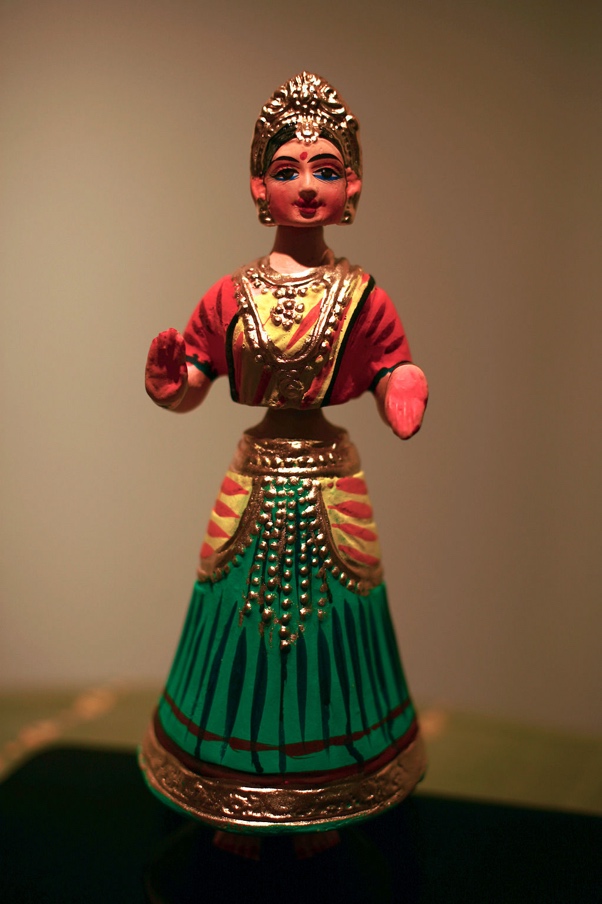Free Courses Sale ends Soon, Get It Now


Free Courses Sale ends Soon, Get It Now



Disclaimer: Copyright infringement not intended.
Context
Details
Struggles Faced by Thanjavur Doll Makers
About the doll
Origin:
Artistic Features:
Production Process:
Cultural Importance:
Conclusion
Thanjavur dolls represent more than mere toys; they are embodiments of cultural heritage, artistic finesse, and religious symbolism. These beautifully crafted bobblehead dolls continue to captivate people with their charm, serving as timeless treasures that celebrate tradition and craftsmanship.
|
PRACTICE QUESTION Q. Thanjavur dolls represent more than mere toys; they are embodiments of cultural heritage, artistic finesse, and religious symbolism. Discuss. (250 Words) |
© 2024 iasgyan. All right reserved